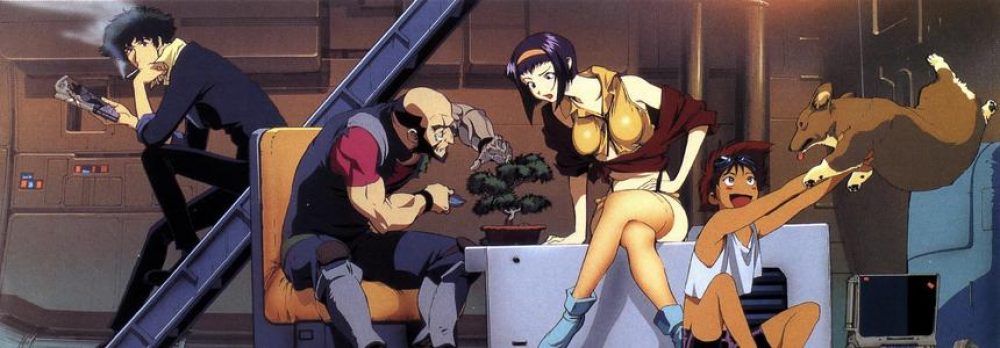The Houdini class this week has a lot of content, mainly introducing the usage of some nodes and the basic production of simulation. I will organize it into two parts.
Part 1:Node
Blast:Blast is designed to remove geometry that you select interactively in the viewport, as opposed to Delete node which is a more procedural tool.
Mountain: This operator uses normal attributes on the input geometry. If a normal has 0 lengths, this operator will not displace the point along that normal. This node can make the plane produce the effect of undulating mountains.
Attribwrangle: This is a very powerful, low-level node that lets experts who are familiar with VEX tweak attributes using code.
To use this node, you need to have a certain understanding of the VEX programming language. The convenience is that this node provides some simple effect codes.

AttribVOP: Double-click this node to build a VOP network inside. This node modifies geometry attributes. Compared with Attribwrange node, it is easier to learn, it uses a VOP network.

The P attribute can be understood as the coordinate value of each point, and the change in the shape of the model has been obtained by adding some noise values. The Bind node represents the binding of the input geometry to the vex function. For example, if you bind force you can pick up the attribute called force from your input geometry.
Part2:Simulation
After I finish the simulation, I think the whole process can be divided into three parts.
The first is selection. We have to select the part where we want particles to appear. This part can use the Delete node to select the part we want by controlling the normal range.
Of course, we can also perform other operations before this, such as scatter node, used to generate random points on the surface of the model, which can control the number of selected points. You can also increase the PointVelocity attribute.

After this is done, you can create a null node for output data, and the appearance of this node is also easy to find.
The second part of the simulation is mainly focused on a node called Popnet, which belongs to the DOP Network node. The DOP Network Object contains a DOP simulation. Simulations can consist of any number of simulation objects (which do not correspond to Objects that appear in /obj). These simulation objects are built and controlled by the DOP nodes contained in this node.

The pop source refers to the point we just selected, and the popsolver is the solver, which is used to calculate the motion effect of the final generated particles. Before them, we can add many different force to change the motion of particles. And Popobject converts a regular particle system into a dynamic object capable of interacting correctly with other objects in the DOP environment.

The calculated result can be cached by the filecache node for easy viewing.
But it hasn’t been completed yet, and nothing can be seen in rendering. Therefore, the third step is to add particles.
Here you need to use the Copytopoint node, it can copy geometry in the first input onto the points of the second input. Before that, we can also add size and color changes to the particles. Here we use the attribVOP node mentioned earlier.

Fit Range Node can take the value in the source range and shifts it to the corresponding value in the destination range. This operator takes the value in the source range (srcmin, srcmax) and shifts it to the corresponding value in the destination range (destmin, destmax). Values outside the input range will be clamped to the input range.
Here, age as the value, and life is the source value, which allows the properties of the particles to change with the change of age without exceeding their own life. Then by adjusting the destination min&max, the particle size can be changed. The same is true for changing the color. You only need to add another ramp node to make the particles have the effect of changing the color over time.

